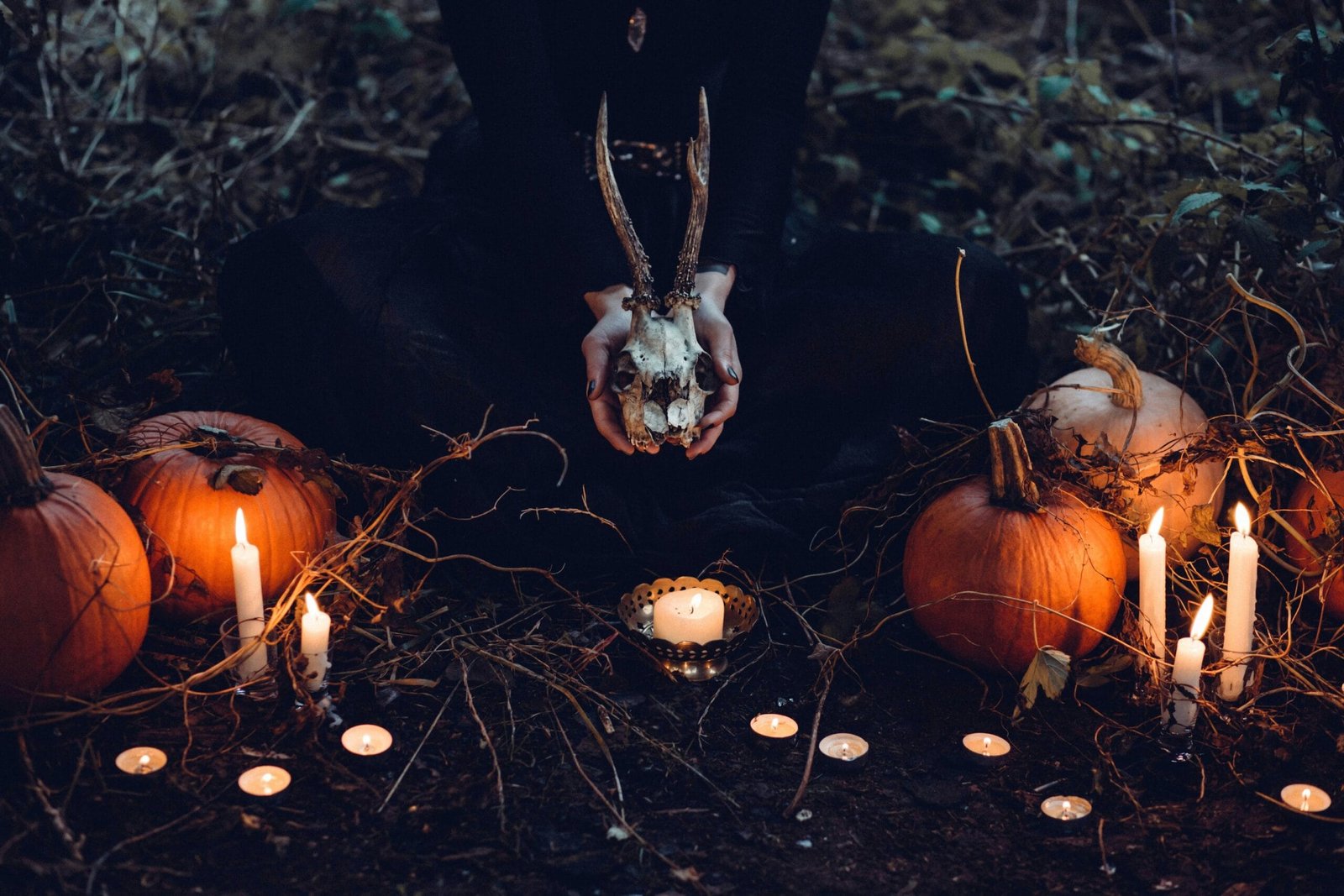Samhain vs. Halloween: What’s the Difference?
At first glance, Samhain and Halloween may appear to be the same celebration—both falling on October 31st and centering around themes of death, spirits, and the supernatural. However, while these two observances share common roots, they are distinct in their origin, purpose, and practices. Exploring their differences reveals how these traditions evolved separately over time, shaping the way we celebrate today.
Origins and History
- Samhain is an ancient Celtic festival that dates back over 2,000 years, marking the end of the harvest season and the beginning of the “darker half” of the year. It is deeply spiritual, representing a time when the veil between the world of the living and the dead is at its thinnest, allowing for communication with ancestors and spirits.
- Halloween, on the other hand, evolved from the Christianization of Samhain. It became All Hallows’ Eve, a night preceding All Saints’ Day, and gradually morphed into the modern secular celebration, which includes costumes, trick-or-treating, and spooky decorations.
Spiritual vs. Secular
- Samhain is a sacred time for pagans, witches, and followers of Celtic spirituality. Rituals may include offerings to spirits, bonfires, divination, and honoring the dead.
- Halloween has become largely commercialized and focuses on fun and fright. Though some Halloween customs like jack-o’-lanterns and costumes stem from old Samhain traditions meant to ward off malevolent spirits, Halloween’s primary focus is entertainment.
Traditions and Rituals
Samhain
- Lighting candles to guide spirits.
- Preparing altars with photos and mementos of ancestors.
- Feasting with offerings left for the deceased.
- Wearing costumes or disguises to confuse wandering spirits.
- Bonfires and divination practices such as tarot reading or scrying.
Halloween
- Costume parties, haunted houses, and candy gathering through trick-or-treating.
- Dressing up as anything from spooky creatures to fictional characters for fun.
- Carving pumpkins into jack-o’-lanterns, a tradition stemming from old Irish folklore about warding off evil spirits.
Nature vs. Pop Culture
- Samhain is closely tied to nature’s cycles. It marks the final harvest and is seen as a time for reflection, endings, and preparing for winter’s hardships.
- Halloween, in contrast, is driven by pop culture. It revolves around costumes based on fictional characters, haunted attractions, and modern horror.
Samhain is deeply spiritual and centers around honoring the dead and connecting with the natural world, while Halloween is a playful, largely secular holiday focused on fun and fright. Both share historical roots, but their modern-day expressions are quite different, appealing to different audiences for different reasons.
Photo by freestocks on Unsplash

